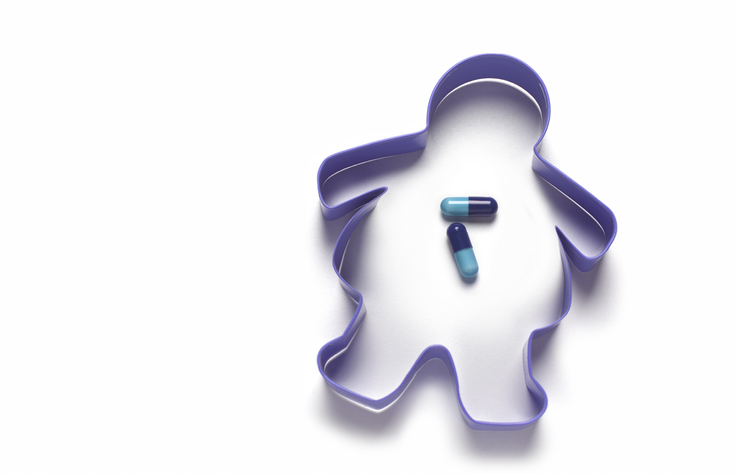You transitioned to electronic medical records a few years back and your practice has streamlined. Why then should you go for specialized EMR solutions?
For a few specialties it is the only way forward, Oncology is one of them. Certain unique demands such as accurate tumor staging, flow sheets, the need for multidisciplinary workflow documentation, integration of laboratory and imaging reporting, and dealing with chemotherapy ordering and toxicities are not fully met by all EMRs. Particularly demanding is chemo ordering and service management, a feature that is not present in ordinary solutions. This is not a minor drawback as manual chemo ordering wastes a lot of time. Though a standard EMR will provide an oncologist with integrated patient information such as body weight, social history, serum cretonne, age etc, he still needs to perform the cumbersome task of calculating the chemo dosage himself. This means additional effort, higher probability of committing errors and time wasted in calculations rather than caring for your patient!
An Oncology EMR reduces your clinical workload and risk of errors by automatically calculating the chemo dosage. It also prompts you for any changes, ensuring that the patient is not under dosed- making the drug ineffective- or over dosed- creating toxicity. With a very small window for medication errors in oncology–a speedy shift to these specialized EMRs is inevitable. Moreover, as the probability of developing cancer increases, estimates suggest it is a 1/3 chance in a person’s lifetime, patients and their families will prefer specialized EMR run practices -perceived to be safer than ordinary ones.

Using Informed Awareness to Transform Care Coordination and Improve the Clinical and Patient Experience
This eBook, in collaboration with Care Logistics, details how hospitals and health systems can facilitate more effective decision-making by operationalizing elevated awareness.
In case of errors, increased public interest also exposes you to greater legal liabilities. If you are lucky enough to avoid them, you still losing your hard earned reputation. However, there is a limit to what you can do as a number of intermediaries such as nurses and pharmacies are involved in chemo management. Off course you can try monitoring the treatment at each stage but three recent changes in chemo services will make it difficult.
- Transfer of chemotherapy preparation and administration (due to financial pressure) out of physician offices to other sites.
- Provision of chemotherapy by entities other than physician offices (e.g., “brown-bagging”)
- Oral chemotherapy.
Until recently, most chemo related services were administered within the practice under the direct supervision of the doctor. With recent changes in insurance reimbursement, however, drug preparation and administration are moving outside the office and into hospital outpatient departments. In this scenario e-prescription and bi-directional chemo lab interfaces reduce the risk of error associated with transfer of orders.
Similarly, with the popularity of oral chemo therapy there is always an issue of poor patient compliance. In EMRs- Patient portals, automatic sms and email alerts are effective reminders to ensure that patients take their medicines as instructed.
Another disadvantage of moving chemo administration out of office is lesser contact between nurses and patients. Thus, your clinical staff has much less opportunity to educate the patients about therapies and post treatment plans. Our built-in patient education material, disease alerts help patients in understanding and management of their clinical condition.
The way forward for Oncologists therefore, is to buy an EMR. that automates the maximum number of processes in their practice ensuring workflow standardization and minimizing human errors.














